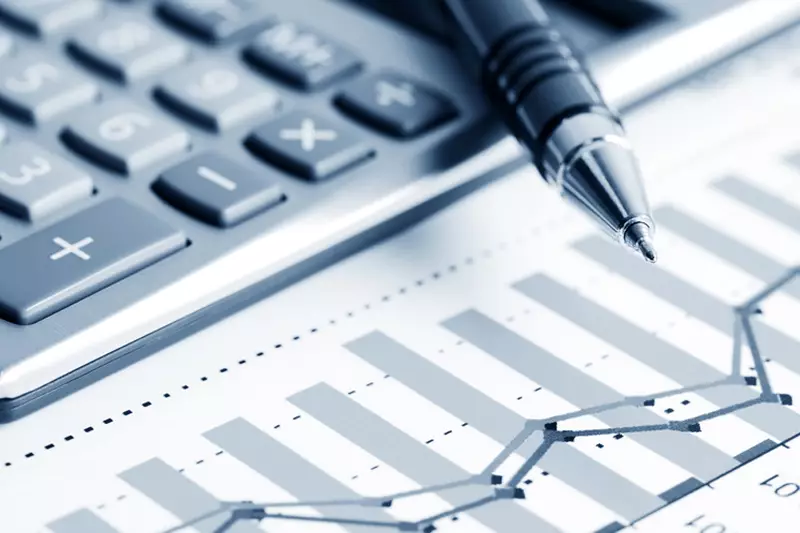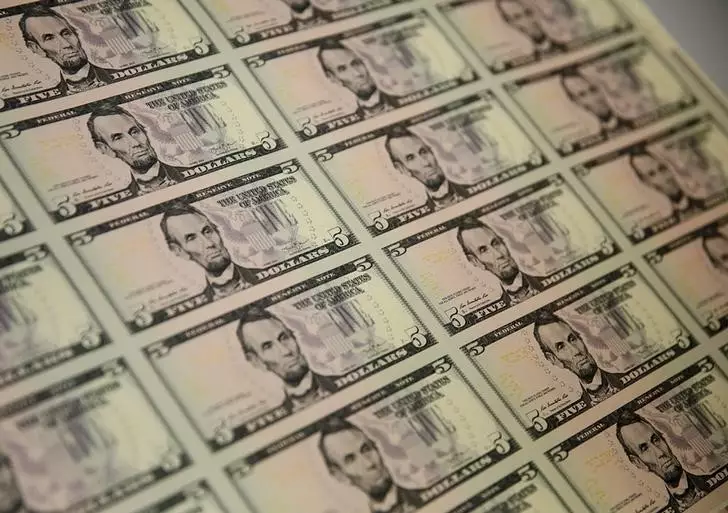The Dollar’s Journey: Navigating Economic Waters Amid Volatility

The U.S. dollar has encountered some turbulence recently, experiencing slight declines for the second consecutive session. While these dips might appear concerning at first glance, it’s essential to recognize that this trend comes after a significant upward trajectory. Impressively, the dollar is still gearing towards not only resilience but achieving its fourth consecutive week of gains. This performance can largely be attributed to a series of economic reports that have fostered a more tempered outlook on interest rate adjustments by the Federal Reserve.
Fresh data from the Commerce Department revealed a robust increase in non-defense capital goods orders, excluding aircraft. This metric, greatly valued as an indicator of business investment activities, surged by 0.5% in September, following an unrevised 0.3% increment in August. Economists had predicted a more modest 0.1% rise, making the actual data a pleasant surprise for market analysts. Meanwhile, a report from the University of Michigan indicated a slight improvement in consumer sentiment for October, with the index climbing to 70.5, surpassing expectations of 69.0. Nevertheless, the one-year inflation outlook saw a decrease, falling from a provisional figure of 2.9% to a more stable 2.7%. This mixed bag of data reinforces a narrative of cautious optimism, yet it does temper expectations for drastic policy shifts from the central bank.
The Federal Reserve’s Interest Rate Expectations
The influence of current economic data on the dollar cannot be overstated. Expectations about the Federal Reserve’s monetary policy adjustments appear significantly altered. Investors had anticipated lower interest rates, but the recent statistical results have reined in those expectations. Karl Schamotta, chief market strategist at Corpay, observed that the economy seems to have gone through a considerable recalibration, which has settled expectations regarding the Fed’s trajectory. Market participants are now contemplating a pivotal government payrolls report in the upcoming week, further shaping their strategies.
As the dollar index softened slightly, dipping to 104.03, the euro managed to navigate upward, trading at approximately $1.083. On the European front, an unexpected surge in German business sentiment offers a glimmer of hope amid a challenging economic climate marked by industrial struggles and lukewarm global demand. European Central Bank President Christine Lagarde’s assurance that inflation in the euro zone is “well on track” to meet the ECB’s 2% target in the coming year underlines the complexities at play in the currency markets.
Interestingly, political developments in the U.S. are also contributing to altering the dollar’s landscape. Growing market anticipations regarding a favorable outcome for Republican candidate Donald Trump in the upcoming election may introduce inflationary economic policies. Such changes could include tariffs that might initially bolster the dollar. However, Schamotta cautioned that while this might support the dollar in the short term, the potential adverse effects, including inflation dampening consumer sentiment, can ultimately undermine it more than markets were projecting just weeks ago.
Looking Ahead: Fed Decisions and Market Reactions
According to CME’s FedWatch Tool, the markets are preparing for a notable shift in monetary policy, with a 95.6% probability suggesting a 25 basis point cut in interest rates during the Fed’s meeting next month. This is a significant change from the previously anticipated cuts, highlighting the remaining uncertainty that persists in market expectations. While the dollar also saw slight strengthening against both the Japanese yen and the British pound, broader political uncertainties loom, particularly in Japan. As Japanese voters prepare for a general election that may disrupt years of political stability, the Bank of Japan faces impending decisions regarding its ultra-low interest rate policy. Data indicating a decline in core inflation in Japan serves as yet another layer of complexity for the central bank’s future direction.
The dollar’s current trajectory represents both the resilience of the U.S. economy and the ever-evolving landscape influenced by both domestic and international factors. While immediate indicators point to cautious optimism, there’s room for volatility in light of precise economic signals and unfolding political events. The next few weeks will prove crucial as investors keenly await forthcoming payroll data and the Fed’s decisions on interest rates, marking essential points in monitoring the dollar’s journey through uncertain economic waters.





